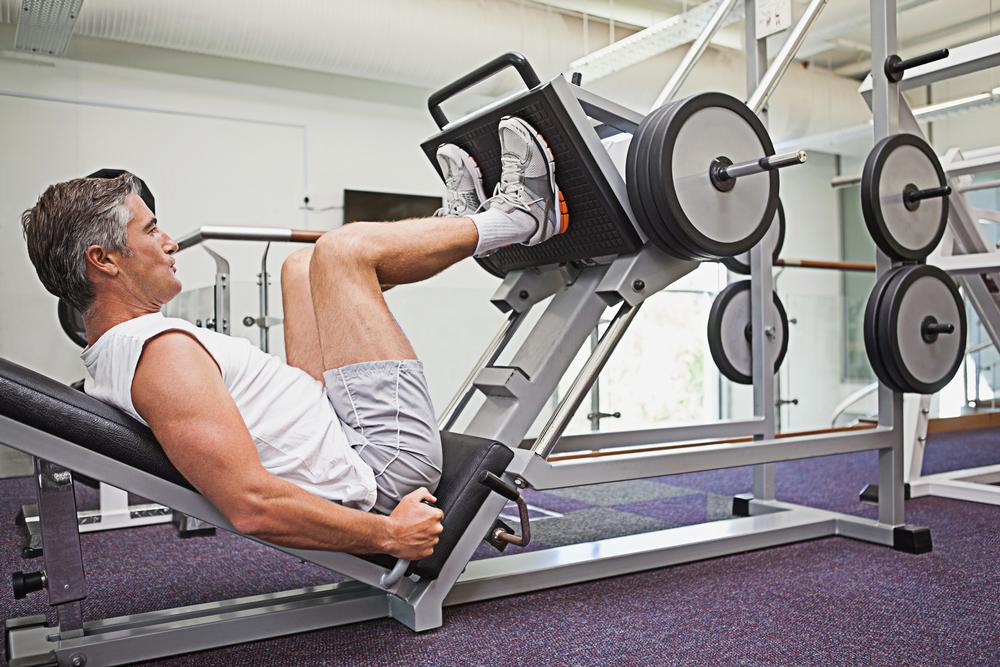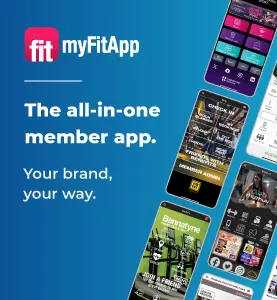Cancer prevalence is increasing: between 2015 and 2030, six million people will have a diagnosis of cancer in the UK. Improved treatment outcomes mean many people are living longer, but they’re not necessarily living well.
The good news is that being physically active can help improve both clinical and quality of life outcomes at every stage of a cancer journey, whether that’s at diagnosis, during or after treatment – including for those with advanced or incurable cancers.
Being physically active can help prevent or manage some of the consequences of treatment – including cancer-related fatigue, depression, heart damage and bone thinning – as well as helping prevent or manage co-morbidities including type 2 diabetes and heart disease. There’s also emerging evidence that being physically active may reduce the relative risk of disease progression, and even death for some cancers.
Macmillan’s insight research into the barriers and motivators around becoming and staying active for people living with, and beyond, cancer are four-fold. Firstly individual: whether the person believes they can do it, whether they’ve been active in the past, and their emotional wellbeing. Secondly, their social support networks: whether their family, friends and colleagues are supportive. Thirdly, whether they have physical consequences of their treatment or co-morbidities, such as loss of balance or bowel incontinence. Finally, the physical environment in which they live and work.
If people have strong personal self-efficacy, and supportive friends and family, they’re much more likely to be able to overcome physical consequences and environmental barriers than if they have low self-efficacy and unsupportive friends and family.
Interestingly, though, our insight shows a healthcare professional can cut across all of these barriers and increase the likelihood that someone will change their behaviour, no matter what their barriers.
Macmillan is therefore working in partnerships across the UK to create a 12-month behavioural change support service. This begins in clinical care settings and refers into the behaviour change support service, usually offered within the local community.
We’d welcome engagement from the health and fitness industry to help bring about a cultural and mindset change, and we’re encouraging the industry to move away from six- to 12-week exercise programmes towards a longer-term, more person-centred behaviour change approach.
In order to work with this market, fitness instructors and PTs need to have the Level 4 Cancer Rehabilitation qualification and be trained in behaviour change techniques and motivational interviewing.
























































